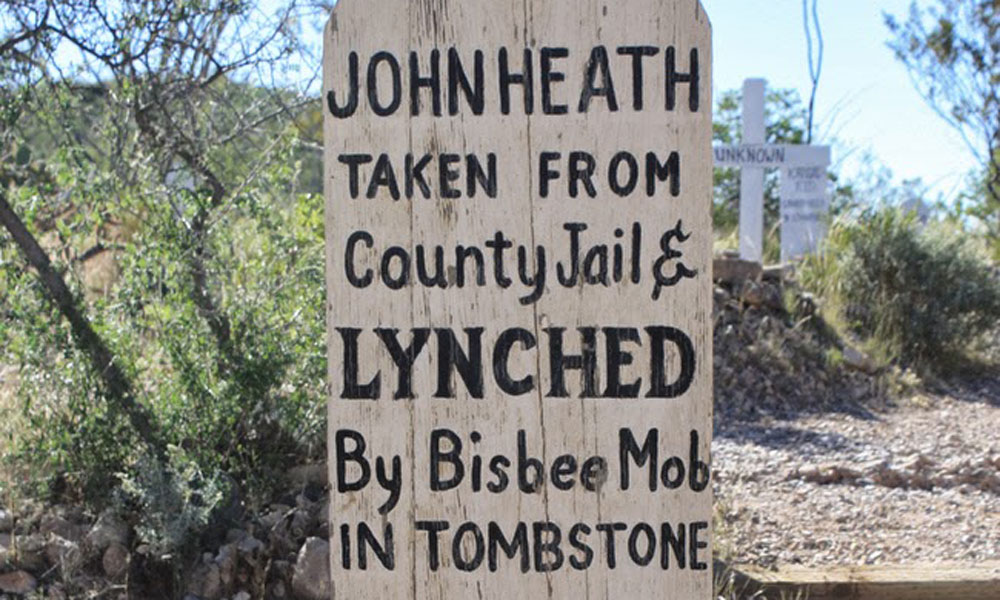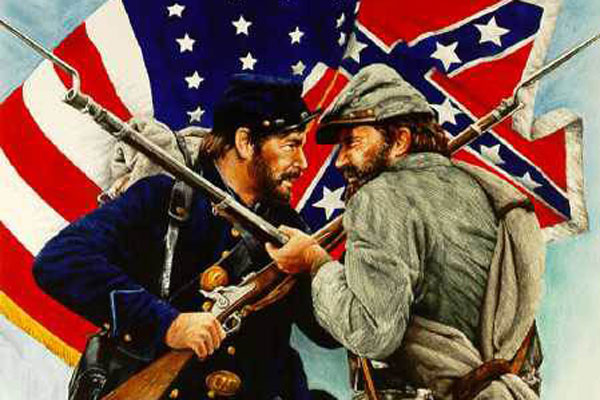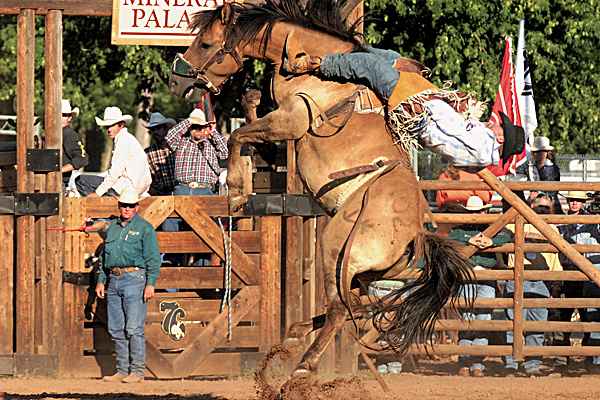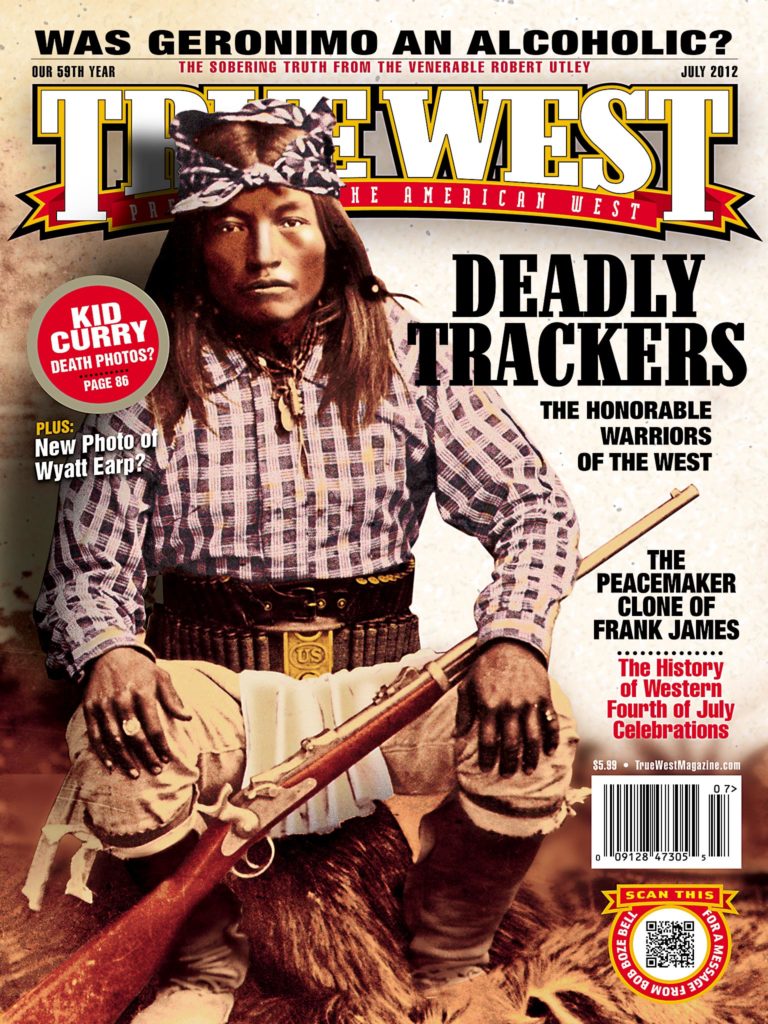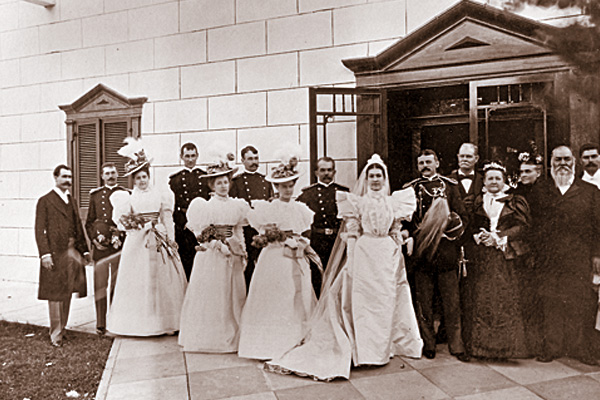
The old saying “if walls could talk” has a breathtaking implication when those walls are in the Magoffin Home in El Paso, Texas.
This 1875 adobe hacienda not only could tell the story of a multicultural family that was instrumental in founding the city of El Paso, but also could speak to frontier trade, wagon trains, the American expansion West, travel on the Santa Fe Trail, hardships of the Mexican War, the American Civil War, the impact of railroads on the West and the growth of the Southwest.
These stories would be told in both Spanish and English, for this house, much like the city it resides in, represents the blending of Mexican and American cultures.
For a year and a half, the home has been closed for extensive renovations, which included a new roof and re-grading to keep water away from the adobe walls, says Leslie Bergloff, the site manager of the house for the Texas Historical Commission. The house reopened in May.
“This is really a beautiful building and after the renovation, it’s just stunning,” she says. “When people enter the house, they step back in time.”
The time they step back into predates El Paso itself, when its predecessor was named Magoffinsville for James Wiley Magoffin—father of the man who would build this hacienda and become a founding and leading citizen of El Paso.
James was born in Kentucky, but moved to Old Mexico in the 1820s. In 1839, he married his Mexican-born wife, Maria Gertrudis Valdez. They had eight children. His son Joseph was born in Mexico, but moved back to the U.S. as a young boy.
Joseph first came to El Paso, on the American side, in 1856 to join his father’s mercantile business. After leaving to serve in the Civil War, he returned a married man and became a leading advocate of the region. He helped bring railroads to El Paso, cofounded a bank and served the community as a four-term mayor and a county judge. His wife, Octavia, was a social leader and active member of Catholic charities. Their daughter, Josie, had what the town dubbed as the “wedding of the century” when she married William J. Glasgow—a military hero of the Spanish-American War, Pershing Expedition and WWI. The Glasgows lived in the house from the mid-1920s until the 1960s. Their daughter, Octavia, lived there until her death in 1986.
By then, the hacienda—expanded over the years into several interlinked buildings—had opened as a house museum.
“This house is important because it’s one of the best examples of Territorial-style architecture in the Southwest,” Bergloff says. “It preserves El Paso history and its inheritance. It shows the life of a multicultural family. It is an important story to tell.”
When the Texas Historical Commission took over the house four years ago, the family’s story began being shared in “living history” events that re-create a real moment in the life of the Magoffin family. Bergloff, the staff and volunteers spend months researching and writing the script, and then act out the family roles during “Candlelight Tours” held in the fall. “We’re so proud of telling history this way,” she admits.
She’s also thrilled with the renovations that assure this historic treasure is safe and sound, so its walls can continue to talk.
Jana Bommersbach has been Arizona’s Journalist of the Year and has won an Emmy and two Lifetime Achievement Awards. She is the author of two nationally-acclaimed true crime books and a member of Women Writing the West.


